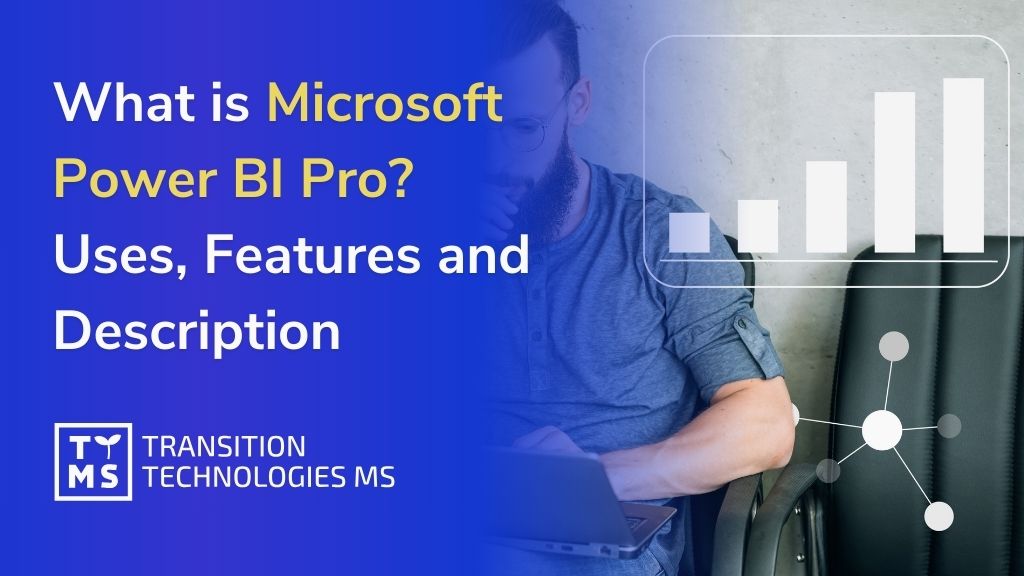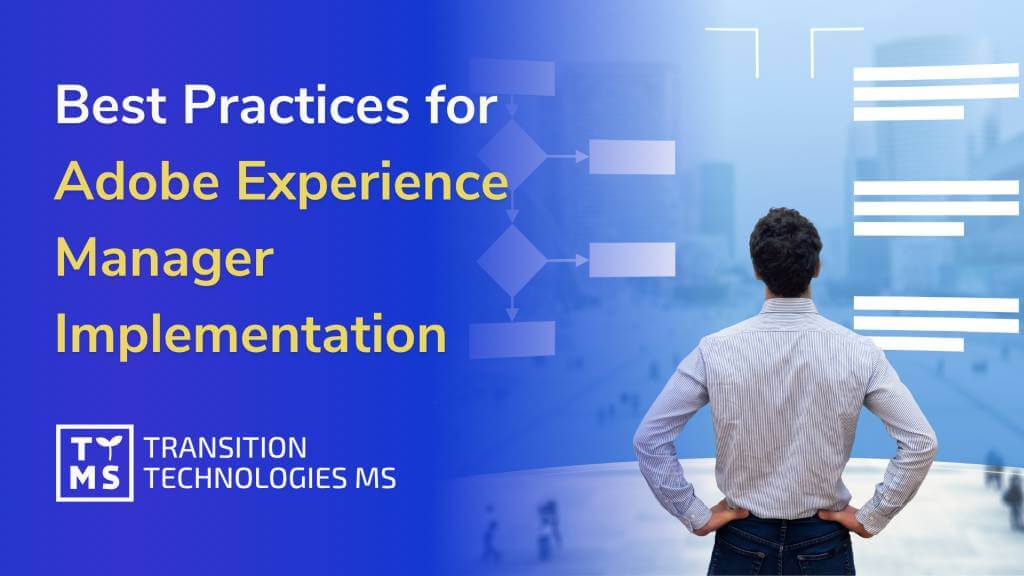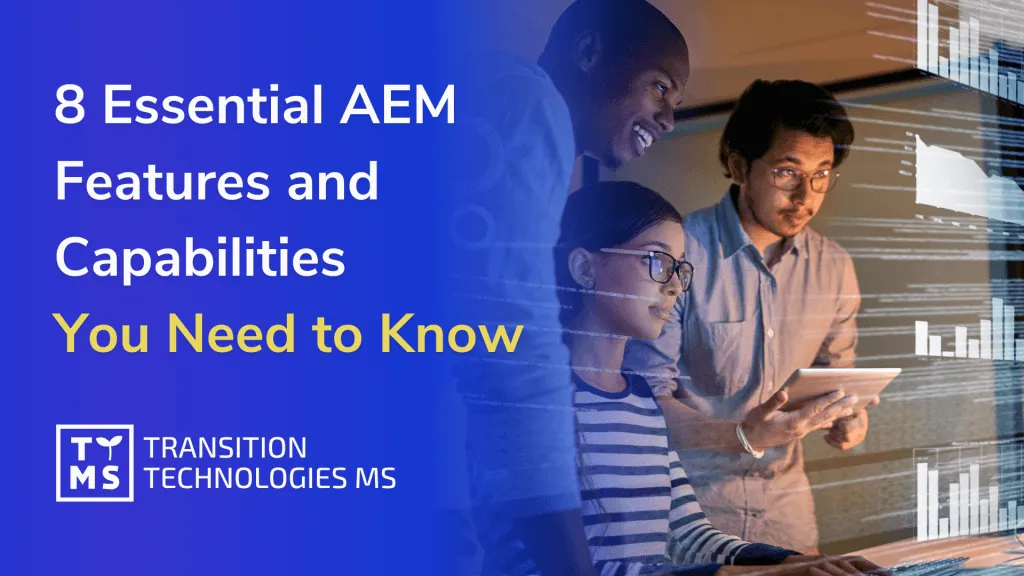In today’s dynamically changing world, non-profit organizations face the challenge not only of implementing their noble missions, but also of effectively managing resources, including key relationships with donors. In this context, the example of the Polish Medical Mission Foundation sheds light on the key operational challenges faced by similar institutions.
The issues of data centralization, management of information about donors and the effectiveness of promoting foundation goals are an important starting point for analyzing the effectiveness of management tools in foundations. The solution, which was the implementation of Salesforce NPSP by Transition Technologies MS, is an example of a response to the needs of modern non-profit organizations looking for effective solutions in the field of relationship and data management. The extended case study presented here is intended not only to show the implementation process, but also to show how technology can support the implementation of humanitarian missions, while increasing the operational and strategic effectiveness of the organization.
- Challenge: how to improve processes and manage data well?
- Problem: How did lack of centralization and difficulties in data management limit the Foundation’s effectiveness?
- Solution: process improvement
- Scope of services provided
- The result: a breakthrough in data management
- Conclusions
- FAQ
1. Challenge: how to improve processes and manage data well?
The Polish Medical Mission Foundation is a Polish humanitarian organization providing medical aid to the most needy countries in the world. It provides medical care to pregnant women and young children, organizes training in African and Asian hospitals, and helps refugees in camps in the Middle East. For some time, the Foundation has been looking for an effective tool to manage donations from donors and create analyzes and reports. The Foundation decided to choose Transition Technologies MS as its implementation partner. The choice was based on the competitive advantages of TTMS such as: many years of experience, affordability, ability to tailor the solution to individual customer needs, as well as short implementation time.
2. Problem: How did lack of centralization and difficulties in data management limit the Foundation’s effectiveness?
Before implementing Salesforce, the Foundation struggled with challenges related to centralizing data and managing donor information. The lack of a uniform system made it difficult to quickly analyze data and make decisions, which reduced the effectiveness of promoting the foundation’s goals. The organization struggled with, among others: With:
- Inability to identify transfers from donors and automatically associate them with specific campaigns, as well as the ability to analyze and work on the received data;
- The problem of incomplete information about donors, including the distinction between companies/individuals;
- Inability to effectively control collection goals. Graphical representations of data (charts) had to be created manually by writing formulas in Excel;
- Inability to quickly verify campaigns (sources of payments), inability to test the effectiveness of individual campaigns;
- Lack of support for e-mail integration;
- Inability to fully control the advertising budget. Employees did not have access to current information about what part of the advertising budget remained available and could be used for subsequent campaigns;
- There is no single environment that could easily handle data import. External entities (offices, banks, collection portals) provided files with different structures, which created a risk of errors and made it impossible to obtain consistent data. Creating duplicates had to be detected manually;
- Difficult access to the database – the Excel file containing all the information took about 20 minutes to open.
- Risk of data damage or theft due to distributed file management.
3. Solution: process improvement
TTMS has implemented the Salesforce NPSP (Nonprofit Success Pack) system, a set of extensions specially designed for NGOs. NPSP adapts standard Salesforce functionalities to the specific needs of charities and nonprofits, making it easier for them to manage donor relationships, track campaign performance, manage volunteers, donations, grants, and other nonprofit-related tasks. The implementation included, among others: regular working meetings, which helped to thoroughly understand the client’s specifics and problems, which directly translated into the project’s success. TTMS provided ongoing support and quick response to any questions or concerns of the client. Communication and the work rhythm imposed by TTMS allowed the implementation process to be carried out efficiently. The NGO status entitled the client to receive free Salesforce NPSP licenses, which significantly reduced the cost of the entire investment in the new system.
The implementation of Salesforce NPSP significantly improved processes in the foundation. The client gained a tool enabling rapid data analysis, which improved its operational and strategic activities. Additionally, thanks to effective cooperation with TTMS, the foundation plans to develop reporting and use other Salesforce functionalities.
4. Scope of services provided
The project included:
- discovery workshops – collecting requirements, defining implementation detailed scope and stages, as well as meeting schedule and creating a communication channel with the client,
- implementing the process of storing information about donors in accordance with client requirements,
- implementing the process of adding donations from various sources,
- configuration of donation identification through the Campaign mechanism (implementation of the process of creating groups of recipients who agreed to receive letters in paper form),
- implementing the process of assigning multiple fundraising goals to one campaign in accordance with the client’s requirements (creating a non-standard process supporting the assignment of donations to a specific campaign),
- data conversion and mapping mechanism for importing a historical database,
- configuration of access and visibility for the end user – client,
- configuration of Salesforce integration with MS Outlook,
- creating reports and dashboards (graphical presentation of reports) for the client’s needs,
- creating design documentation for the client in the form of a video presentation,
- implementation of the manual integration process with the bank and creation of instructions in the form of a PDF document,
- post-project support.
We divided the implementation into stages, continuously tested by the client.
5. The result: a breakthrough in data management
The implementation of Salesforce NPSP for the Polish Medical Mission Foundation brought the following benefits:
- A process has been developed to identify donations – now the Foundation has full information about who donated funds (including information whether it is a company or an individual), what amount has been donated and for what purpose (including information under which specific campaign).
- The Foundation gained access to full analysis of the information. Through configured filters, employees can intuitively sort and analyze available data, compiling them in the form of data in tables and graphical representations (charts), available from the management cockpit.
- The Foundation boasts a wide array of system personalization features, allowing for the integration of data structures and their seamless incorporation into a single report.
- The collection management system is integrated with e-mail – you can send messages without leaving the Salesforce environment and assign them to specific accounts and collections.
- As part of the Salesforce NPSP package, the Foundation received an environment for managing tasks – they can be created and assigned to specific employees.
- Quick, working contact with colleagues – thanks to the Chatter application. Both in Chatter and in the email program integrated with Salesforce, you can turn on notifications. They allow users to stay up to date with important project updates.
- Groups of reports, sorted by: specific criteria (by donors/donations or by period) are now easy to search and import.
- Access restrictions based on the organization (access) hierarchy.
- The Foundation received a mechanism properly processed by TTMS that detects duplicates (double information about the same payment).
- All data is protected within the internal security structure provided by the Salesforce environment.
6. Conclusions
The larger the scale of an organization’s operations, the more difficult it is to organize work with data in outdated ways – for example, collecting data in spreadsheets and trying to analyze and interpret it manually. Then there is a need to cooperate with an implementation partner who will implement and appropriately adapt the system that automates data and collection management.
TTMS, by understanding the specific needs of non-profit organizations, successfully adapted the Salesforce system to the Foundation’s requirements. The solution that TTMS proposed to the client will work well in other NGOs, ensuring centralization and automation of processes (many times increasing work efficiency), as well as enabling effective use of resources and focusing on the implementation of the mission. Additionally, the following functionalities may also be useful for this type of organization:
- grant management: NPSP makes it easier to track grant applications and manage the grant lifecycle;
- volunteer management: tools for recruiting, coordinating and tracking volunteer activity;
- scoring – functionality that suggests interactions (e.g. thanks) with payers, based on the analysis of payments and consents (consents to receiving e-mails, text messages or telephone calls);
- Recurring Donations: allows you to track regular contributions from donors, automating the process and providing easy management of payments that are made at set intervals (e.g. monthly, quarterly, annually). This makes it easier to forecast future income and allows for better planning of the organization’s activities;
- Relationships: NPSP offers extensive capabilities to track and manage various types of relationships between people and organizations in a database. This allows you to identify and document connections between donors, beneficiaries, volunteers and other people associated with the organization. This function is crucial in building an effective communication strategy and maintaining strong relationships;
- Affiliations: allows you to track and manage people’s affiliations with various organizations and groups. An example may be a donor’s membership on the board of another non-profit organization. This allows for a better understanding of the network of connections and potential conflicts of interest, as well as identifying opportunities for cooperation and support;
- Households: Groups people into “family units” or households. This enables organizations to better understand family dynamics and manage communications and activities in a way that takes family relationships into account. For example, if two people from the same household make donations, NPSP allows you to understand their combined contributions and better tailor communications to the needs of the entire household.
FAQ
What is Salesforce NPSP and how can it transform nonprofit operations?
Salesforce NPSP (Nonprofit Success Pack) is a set of extensions to the Salesforce platform designed specifically for the nonprofit sector. It adapts proven Salesforce functionalities to the specific needs of NGOs, offering tools for managing relationships with donors, tracking campaign effectiveness, automating processes and managing volunteers. It helps increase operational efficiency and the implementation of social and humanitarian missions.
What are the top challenges for nonprofits that Salesforce NPSP can solve?
Salesforce NPSP helps solve a number of challenges, such as difficulties in centralizing data, managing donor information, identifying transfers, budget control, lack of integrated data analysis and reporting tools, and problems with integrating email systems and controlling the advertising budget.
How does Salesforce NPSP help manage donor relationships?
Salesforce NPSP offers advanced donor relationship management capabilities, enabling organizations to accurately track and manage interactions. This allows you to build lasting relationships, effectively raise funds and personalize communication, which is crucial for the success of non-profit organizations.
How does NPSP support volunteer management?
NPSP offers tools for recruiting, coordinating and tracking volunteer activity, which is crucial for nonprofit organizations that rely on volunteer work. This enables effective management of volunteer resources, increasing engagement and maximizing the impact of the organization’s activities.
How does Salesforce NPSP help automate processes in nonprofit organizations?
Salesforce NPSP automates many processes in nonprofit organizations, from grant lifecycle management to recording recurring donations. Thanks to this, organizations can reduce administrative burden, increase operational efficiency and focus on achieving their main goals and mission.
What are the benefits of integrating Salesforce NPSP with existing systems?
Integration of Salesforce NPSP with popular tools such as MS Outlook facilitates everyday work and improves the effectiveness of communication in non-profit organizations. This allows for easier data management, increased transparency of operations and better use of resources.
Jakie funkcje personalizacji i raportowania oferuje Salesforce NPSP?
Salesforce NPSP allows you to create personalized reports and dashboards that help nonprofits better understand the impact of their activities. With advanced analytics capabilities, organizations can optimize strategies, allocate resources more effectively, and accurately measure the effectiveness of their campaigns.
Marcin Kapuściński – Transition Technologies MS









